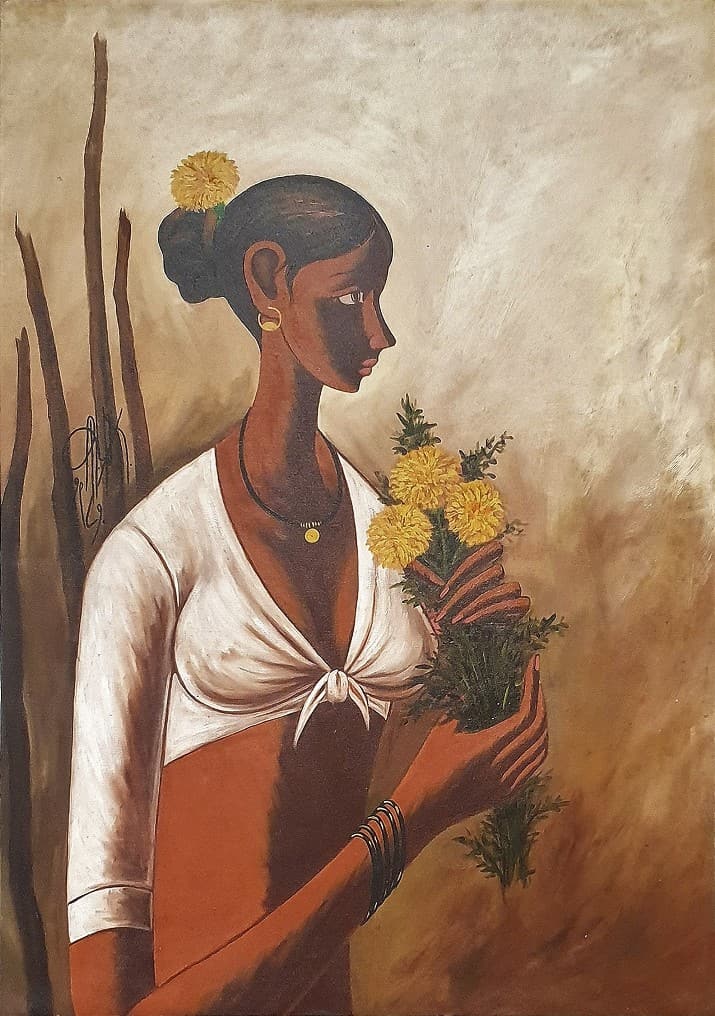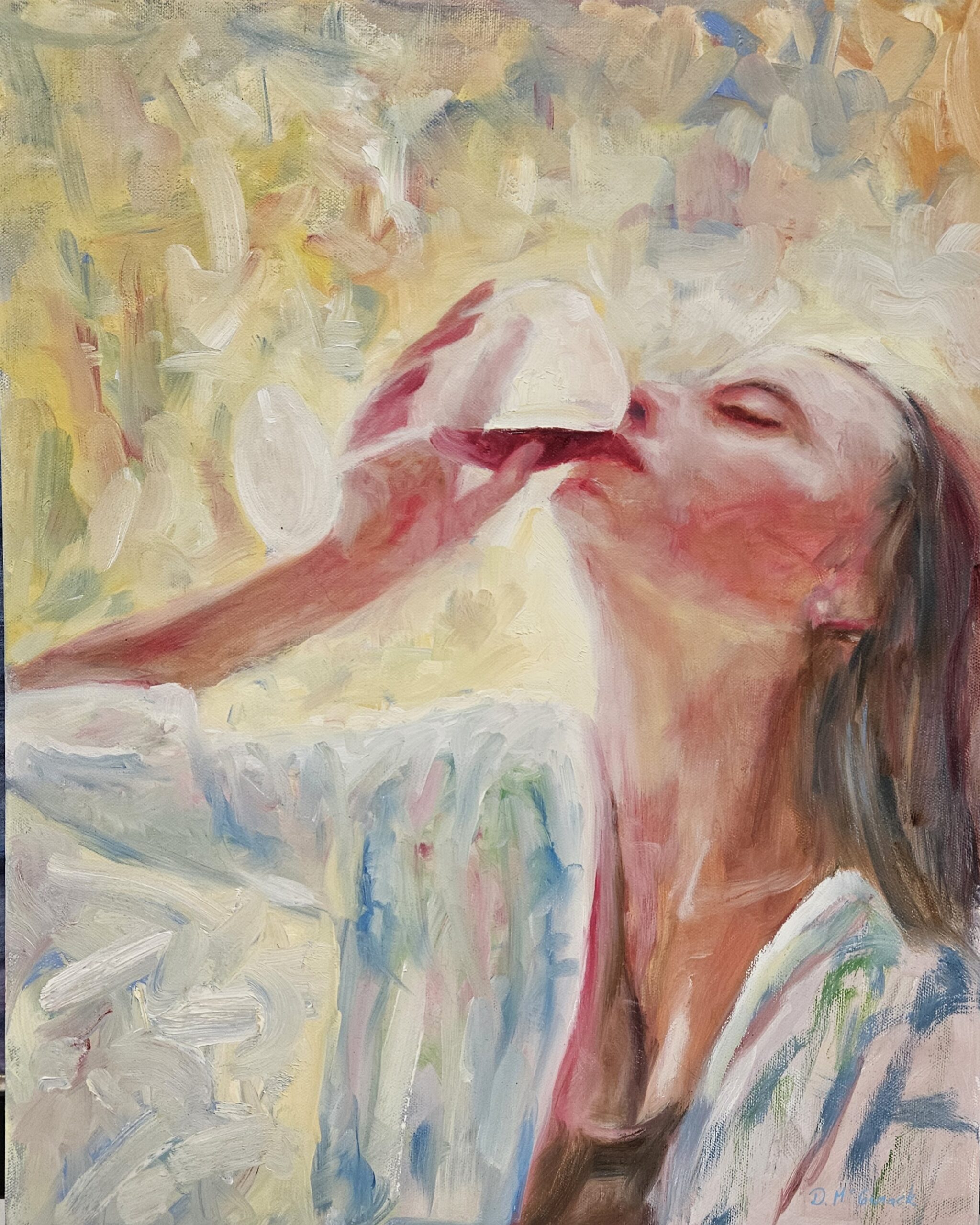Exploring the Depths of Emotion with Figurative Oil Painting Methods
Exploring the Depths of Emotion with Figurative Oil Painting Methods
Blog Article
The Evolution of Figurative Oil Paint: Comprehending Its Historical Significance and Modern Interpretations
The development of metaphorical oil painting offers as a compelling lens through which to take a look at the interplay in between creative expression and historical context. Contemporary artists, drawing from this abundant heritage, are currently reinterpreting the human figure in means that challenge standard stories.
Origins of Metaphorical Oil Painting
The origins of metaphorical oil painting can be mapped back to the very early Renaissance in Europe, particularly in the 15th century. This duration noted a significant separation from the flat depictions and inflexible forms particular of middle ages art. Artists began to discover naturalism, emphasizing the human figure and its psychological expression. The development of oil paint permitted better depth of color and information, boosting the realism and vibrancy of their work.

In this transformative period, numbers were usually depicted within contextually rich atmospheres, showcasing not just their physical features however likewise their mental states. Pioneers such as Jan van Eyck and Titian utilized the tool's versatility, using layering methods to accomplish luminance and structure. This development facilitated the representation of complex materials and the subtleties of complexion, contributing to the growth of portrait and narrative scenes.
Moreover, the Renaissance emphasis on humanism cultivated an admiration for distinctiveness, which in turn affected artists to develop even more vibrant and relatable figures - figurative oil painting. Because of this, figurative oil paint emerged as an effective automobile for storytelling and psychological engagement, preparing for future creative activities and styles
Trick Historical Activities
Considerable historic motions have actually shaped the advancement of figurative oil paint, each contributing special philosophies and methods that expanded the medium's opportunities. The Renaissance marked a turning point, highlighting realistic look and the human form, with musicians like Leonardo da Vinci and Michelangelo pressing the boundaries of physiological precision and perspective. Following this, the Baroque age brought dramatic contrasts of light and shadow, exhibited by Caravaggio, that infused religious motifs with intense emotionality.
The 19th century introduced Romanticism and Realistic look, where musicians such as Delacroix and Courbet challenged classic perfects, focusing on private expression and daily life. The arrival of Impressionism even more reinvented the tool by emphasizing the effects of light and color, bring about a separation from conventional representation.
In the very early 20th century, activities like Expressionism and Cubism redefined metaphorical painting through abstraction and the exploration of emotional deepness. Each of these motions not just mirrored the social modifications of their times however additionally prepared for modern analyses. The interplay between these historical movements has created a rich tapestry of styles and approaches, affecting modern-day musicians in their search of recording the human experience on canvas.
Strategies and Products Advancement

Throughout the Baroque period, techniques such as chiaroscuro and sfumato arised, enhancing the emotional resonance of figurative compositions. Musicians started to experiment with lusters and impasto, controling texture and luminance. By the 19th century, technologies like making use of pre-mixed paints in tubes changed availability, allowing musicians to paint en plein air and catch the short lived impacts of light.
The 20th century witnessed the introduction of artificial pigments and mediums, which increased the palette and modified the consistency of oil paints. The expedition of brand-new application techniques, such as combination blades and brushes of varying tightness, more varied artistic expression. Jointly, these advancements show the advancing relationship between products, strategies, and the artistic vision fundamental in metaphorical oil paint.

Contemporary Interpretations
Contemporary interpretations of figurative oil painting reflect a dynamic dialogue between tradition and development, where artists challenge established norms and explore varied motifs. This advancement shows up in numerous means, as modern musicians blend classic methods with modern concepts, frequently dealing with social, political, and personal narratives.
Several experts attract motivation from historical works, yet they infuse their items with modern point of views, utilizing the human form as a lorry for discourse on society, identification, and gender. Artists progressively experiment with abstraction, distortion, and multimedias, which enables for a wider interpretation of the number and its context.
Furthermore, the use of dazzling shade palettes and unusual make-ups typically serves to interfere with conventional viewing experiences, prompting vital engagement from target markets. This shift in emphasis extends past looks; it reflects an expanding awareness of the intricacies of human experience in an interconnected world.
As metaphorical oil painting proceeds to evolve, it continues to be an important tool for exploring the subtleties of contemporary life, symbolizing both a regard for heritage and a commitment to dynamic thought. The outcome is a rich tapestry of expression that resonates with the intricacies of the modern human problem.
Effect On Modern Art
The effect of metaphorical oil paint on modern art is profound, as it has actually consistently inspired a myriad of creative motions and techniques throughout the 20th and 21st centuries. From Expressionism to Surrealism and beyond, the exploration of the human number has actually continued to be a central theme, site enabling musicians to share complex emotions and narratives. This emphasis on figurative depiction has actually brought about a re-examination of traditional methods, leading to cutting-edge strategies that mix realistic look with abstraction.
Moreover, contemporary artists have welcomed metaphorical oil painting as a way to attend to social and political problems, utilizing the tool to challenge perceptions of sex, identification, and culture. The renewal of rate of interest in figurative work in current years mirrors a wishing for link in a significantly electronic world, where have a peek at this website human experience and emotion are paramount.
Additionally, the discussion in between figurative oil painting and modern art is noticeable in the jobs of artists such as Kehinde Wiley and Jenny Saville, who attract on historic recommendations while infusing their items with modern significance. Ultimately, metaphorical oil paint continues to form and redefine modern-day creative expression, underscoring its long-lasting relevance in the art world.
Verdict
The development of metaphorical oil painting highlights its historic importance and flexibility across different imaginative movements. Eventually, metaphorical oil painting stays an essential medium for checking out the human experience, reverberating greatly in today's digital landscape.
The development of metaphorical oil painting serves as a compelling lens via which to check out the interplay between creative expression and historic context.Significant historical motions have actually formed the evolution of figurative oil painting, each why not find out more contributing special ideologies and techniques that expanded the medium's possibilities.As historic activities formed the trajectory of figurative oil paint, the strategies and products employed by artists have also undergone considerable changes. figurative oil painting.The effect of figurative oil painting on contemporary art is profound, as it has constantly influenced a myriad of creative motions and methods throughout the 20th and 21st centuries.The development of figurative oil painting underscores its historical significance and adaptability throughout numerous imaginative motions
Report this page